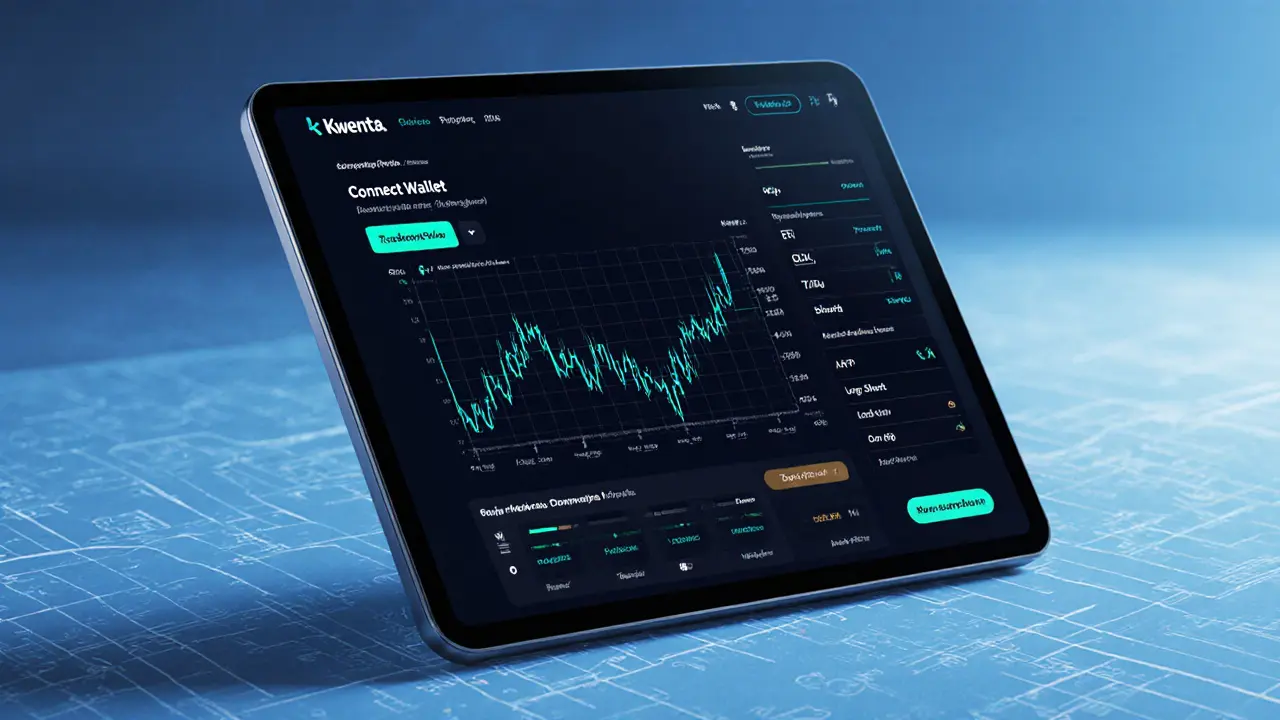Optimism Layer 2: A Practical Guide to Ethereum Scaling
When working with Optimism Layer 2, a permissionless rollup that extends Ethereum’s capacity by processing transactions off‑chain and posting concise proofs back to the base chain. Also known as Optimism Rollup, it enables faster, cheaper transactions while preserving Ethereum’s security guarantees. In plain terms, Optimism Layer 2 encompasses rollup technology, requires an OP‑compatible smart‑contract environment, and influences the overall scalability of the Ethereum ecosystem. This combination lets users move assets, trade DeFi tokens, or mint NFTs without waiting for congested L1 blocks, and it does so with a trust model that mirrors Ethereum’s proof‑of‑stake consensus.
Key Building Blocks Behind Optimism
To understand why Optimism matters, you also need to know about Ethereum, the world’s leading smart‑contract platform that powers billions in DeFi, NFTs, and DApps. Rollup, a scaling method that bundles many transactions into a single proof submitted to the base chain acts as the bridge between Ethereum and Optimism. The OP Stack, a modular suite of open‑source components that lets developers deploy custom rollups or extend existing ones further empowers creators to tailor gas costs, governance models, and upgrade paths. Together, these entities form a simple chain of logic: Ethereum relies on Layer 2 solutions for scalability, Rollup technology provides the compression needed for high‑throughput, and the OP Stack gives developers the tools to innovate on top of Optimism. The result is a smoother user experience across the posts you’ll see below, from sharding explanations to DeFi token analyses.
Our collection of articles reflects the full spectrum of Optimism’s impact. You’ll find deep dives into how rollup proofs work, comparisons of sharding versus rollup scalability, security audits of OP‑based smart contracts, and real‑world use cases like token airdrops or DeFi yield strategies that run on Optimism. Whether you’re a beginner trying to grasp why L2 matters, a developer building on the OP Stack, or an investor tracking the performance of projects that choose Optimism as their base, the posts below give you concrete steps, clear examples, and actionable insights. Dive in and see how each piece fits into the larger picture of Ethereum’s evolution.

Kwenta Crypto Exchange Review - Decentralized Derivatives Platform Overview
A comprehensive review of Kwenta, the decentralized derivatives exchange built on Synthetix, covering how it works, fees, token outlook, and how it stacks up against competitors.
